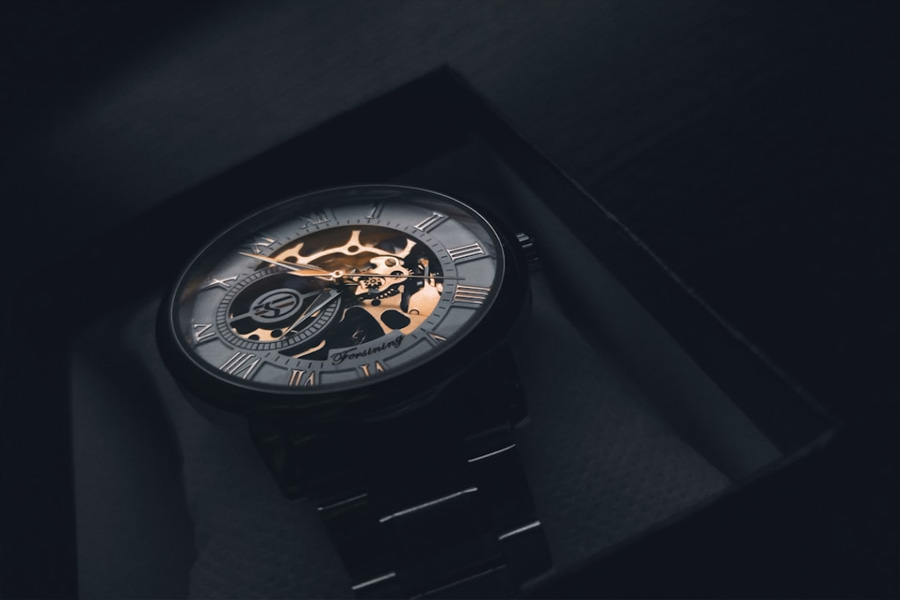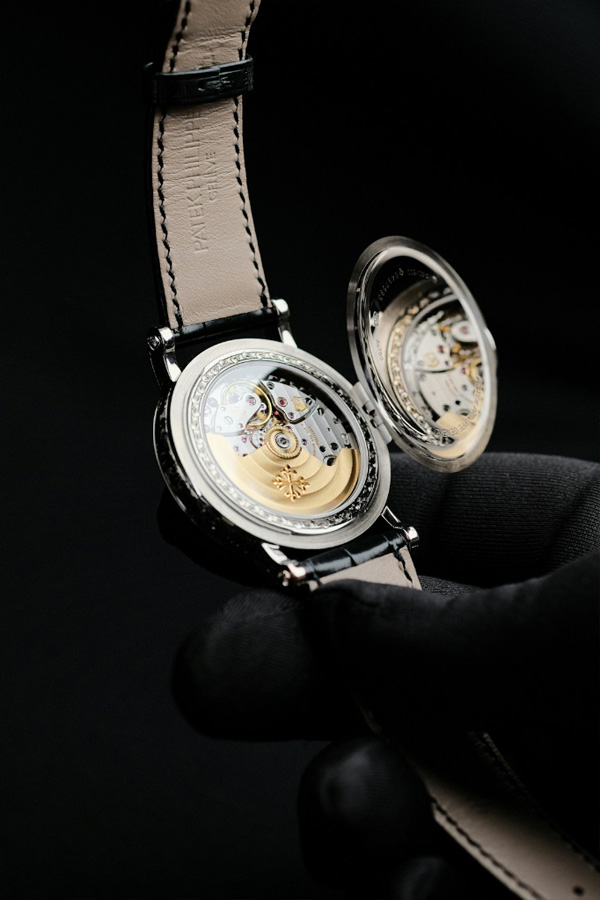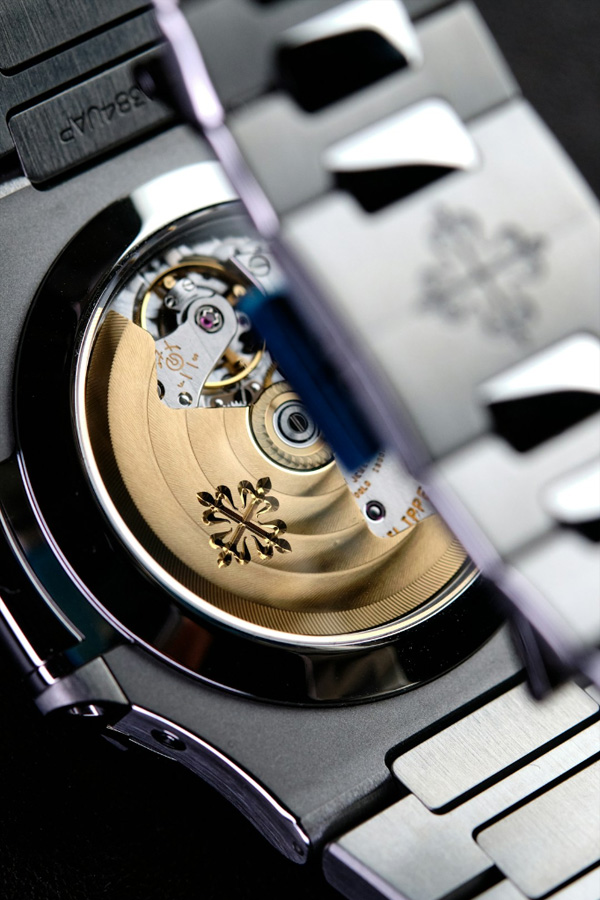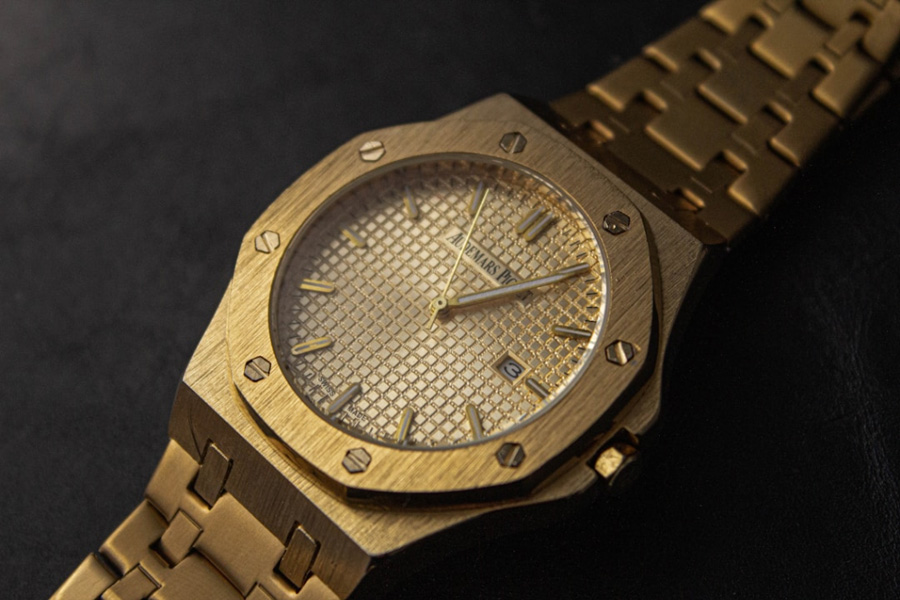Luxury Watch Trends 2025: Discontinuations Driving the Secondary Market Boom
Time, in its quiet audacity, forms the very foundation of luxury watchmaking. For the discerning collector, luxury watches do more than measure passing moments—they encapsulate legacy, artistry, and the unspoken allure of exclusivity. As we near 2025, the luxury watch world is set to witness major transformations. Whispers of discontinued iconic models, shifts in materials like precious metals, and the evolution of the secondary market for pre-owned watches and affordable watches have already set collectors buzzing.

This is particularly relevant for brands like Patek Philippe, Audemars Piguet, and Richard Mille, whose classic designs and limited-edition releases continue to dominate demand. Recent years have also seen the rise of interest in Jaeger-LeCoultre, Grand Seiko, and the Omega Speedmaster Professional with its iconic black dial and stainless steel case. Watches like the Royal Oak and the Datejust remain perennial favorites, while the moon phase complication, perpetual calendar movement, and chronograph features gain attention from new collectors and seasoned investors alike.
The Latest Trends and Investment Buzz in Luxury Watches
The next hottest watch releases from brands such as Louis Vuitton, TAG Heuer, IWC Schaffhausen, and Ulysse Nardin are already shaping conversations within the watch community.

Notably, models with Super-Luminova dials, hand-winding movements, and unique bezels are piquing interest. Even the pre-owned market is seeing a surge in value, with a recent survey highlighting the growing investment potential of classic timepieces.
The Timeless Appeal and Investment Potential of Luxury Watches
For those considering their first Rolex, Cartier, or Breitling, or for investors tracking the intersection of the stock market and luxury goods, the watch world offers endless opportunities. Whether you’re drawn to a limited-edition Omega Speedmaster or the timeless appeal of a perpetual calendar, watches are more than accessories—they’re a statement of history, value, and craftsmanship. With brands’ commitments to innovation and the ongoing evolution of the market, 2025 promises to be a pivotal year for timepieces. It’s a moment worth a closer look for collectors, investors, and enthusiasts alike.
Discontinuations That Drive Desire
Scarcity has always defined sophistication in the world of luxury watches. Few industries understand the allure of “limited availability” better than luxury watchmaking, where discontinued models only heighten demand. Speculation for 2025 is already buzzing, with potential retirements of iconic timepieces sending shockwaves through the watch world.
The Icons Under the Radar
Luxury giants like Rolex, Patek Philippe, Audemars Piguet, and Louis Vuitton are at the forefront of these rumors. The Rolex Daytona, synonymous with speed and elegance, could undergo subtle changes or even take a hiatus. Meanwhile, the Patek Philippe Nautilus and Audemars Piguet Royal Oak, two of the most sought-after designs in contemporary horology, are also under speculation. Similar retirements in the past decade have triggered bidding wars and skyrocketing values on the secondary market, with pristine, authenticated examples fetching 20% to 60% price increases within 18 months.

For Ultra High Net Worth Individuals (UHNWIs) and even new collectors, these watches are more than investments—they are heirlooms, blending classic design, history, and impeccable craftsmanship. Models featuring perpetual calendar movements, chronograph features, and stainless steel cases are particularly hot in the pre-owned market. Precious metals, black dials, and date windows add further appeal to these timepieces, which carry an unmatched legacy.
Broader Trends in the Watch Community
As collector interest in luxury watches continues to grow, brands like Omega, Cartier, IWC Schaffhausen, and Jaeger-LeCoultre remain popular in the luxury watches 2025 market. The Omega Speedmaster Professional, famed for its ties to space exploration, is a standout model, while Breitling, Ulysse Nardin, and Richard Mille are gaining traction. Iconic designs like the Royal Oak further add to the appeal of high-end watches. Collectors seeking value often turn to Rolex, with models like the Datejust remaining timeless investments.

A recent survey highlights the demand for features such as limited editions, moon phase movements, super-luminova dials, and precise chronograph functions. Whether it’s an Omega Speedmaster, Rolex Datejust, or Cartier Tank, collectors continue to invest in pieces that blend value, style, and intricate dial designs. Even pre-owned watches with retail prices exceeding expectations are prime targets for savvy buyers.
Global demand in the watch world, driven by influential figures like Pharrell Williams, underscores the enduring popularity of luxury timepieces. With iconic models, detailed bezels, and innovative features, these watches offer unmatched value and money-worthy investments. Whether you’re exploring Omega, Rolex, or Richard Mille, the right collection can enhance both your style and financial investment.
A Closer Look at 2025
With speculation around new watches and retirements of past classics gaining momentum, the market for luxury watches is poised for an exciting year heading into 2025.

Icons like the Royal Oak, Daytona, and Nautilus remain firmly in demand, while emerging trends in hand-winding movements, chronograph models, and **space-inspired design**—such as the influence of the **Omega Speedmaster Professional**—could shape the industry for years to come. Whether exploring the secondary market or purchasing directly, these timepieces represent more than just a **purchase**—they embody a legacy of craftsmanship, precision, and investment value.
The Timeless Appeal and Investment Potential of Luxury Watches
The luxury watches world sees innovation and demand at every level. Brands like Richard Mille, Rolex, and Omega continue to push boundaries with limited editions and unique features, honoring their history while capturing the attention of collectors. From the intricate dials, bezels, and dates to the appeal of models like the Rolex Datejust, these watches are more than accessories—they are investments in design, heritage, and value.
As luxury watches evolve, figures like Pharrell Williams help popularize high-profile collections, while the retail price of exclusive models climbs higher, solidifying their status as symbols of success. Whether it’s the moonphase details on a chronograph model or the enduring appeal of a Royal Oak, these timepieces continue to offer a mix of money, style, and investment potential. Once again, the world of luxury watches proves it’s not just about telling time—it’s about making a timeless statement.
What It Means for Collectors
For those possessing these iconic pieces, the timing of any potential discontinuation offers an opportunity to amplify the value of their collection.

For others patiently waiting to acquire such a model, vigilance will be key. The moment an announcement drops, the window for purchase narrows, and prices escalate.
The Evolution of Materials and Aesthetics
Luxury watch design is also undergoing a quiet transformation. By 2025, shifts in materials and aesthetics promise subtle yet powerful updates, reflecting the modern collector’s demand for innovation balanced with heritage.
A Focus on Titanium
Titanium, a material revered for its high strength-to-weight ratio, is becoming synonymous with refined minimalism. Across major brands, this lightweight alternative to steel is celebrated not only for its durability but also for its satin-like finish. The practical elegance of titanium ensures it isn’t simply a trend—it’s a long-term fixture.
Color Trends of 2025
While green dials have dominated the landscape in recent years, ice-blue and salmon hues are emerging as the sophisticated shades for 2025. These pastel inspirations exude quiet elegance, effortlessly standing out without overt flashiness. They’re statements that only those attuned to horological nuance will fully appreciate.
The Rise of Neo-Vintage Design
Further adding to this evolution is the continued influence of vintage and neo-vintage aesthetics. Reimagining archival designs with modern materials and movements has proven to be a successful strategy for capturing the hearts of seasoned collectors.
Understanding the Secondary Market’s Resilience
The secondary market for luxury watches is no longer a chaotic space driven by frenzied speculation. Instead, following a brief cooling after the highs of 2021–2022, the market has stabilized into a data-driven ecosystem. Provenance, transparency, and authentication have emerged as vital currencies of trust.

Factors Driving Demand
Platforms offering blockchain-verified ownership history have set new benchmarks for confidence among buyers. Similarly, vintage and neo-vintage models—those emerging from the later decades of the 20th century—are experiencing a renaissance. Provenance (or the documented origins of a piece) is the golden seal for these transactions, as collectors shift focus toward models with stories to tell.
For UHNW individuals, the appeal extends beyond monetary gain. Watches have become vehicles of legacy—a wearable symbol of permanence amidst fleeting trends.
Understanding the Secondary Market’s Resilience
The likes of Patek Philippe’s Nautilus and Audemars Piguet’s Royal Oak, particularly in limited references, continue to outperform traditional assets. Meanwhile, independent watchmakers, including F.P. Journe and Richard Mille, have captured imaginations with bespoke, limited-production masterpieces that appreciate by over 100% within three years.
What’s Next for 2025’s Discerning Collector?
A key trend shaping 2025 is the shift toward direct-to-client relationships. High-end brands are prioritizing boutique-exclusive releases, concierge-level services, and invitation-only previews. Such strategies not only ensure rarity but also foster personal connections between maisons and their elite clientele. For collectors, these touchpoints provide access to the rarest novelties before they even reach broader markets.
Simultaneously, the rise of online platforms equipped with blockchain tracking is revolutionizing how collectors discover and verify new pieces. Today, nearly 45% of all luxury watch sales occur online—a figure expected to grow in the coming years.
Why Savvy Collectors Are Watching Emerging Maisons
While attention often centers on iconic houses, brands like Tudor, H. Moser & Cie, A. Lange & Söhne, and Breguet are captivating collectors with low-production rarities. These “stealth wealth” designs appeal to buyers who value craftsmanship over overt branding, creating a fresh wave of demand in the secondary market.
Even within the smart tech space, entry-level luxury enthusiasts are discovering the world of traditional watchmaking, thanks to designs that seamlessly integrate modern needs with timeless aesthetics.
Will You Own Time in 2025?
The beauty of collecting lies not just in acquisition but in mastery—the understanding of what makes a watch timeless, both in design and in value. For investors and collectors, 2025 represents a pivotal year where scarcity meets sophistication, driving trends that resonate far beyond the wrist. Whether it’s the allure of discontinued designs, titanium’s ascension, or the growing demand for secondary market intricacies, timepieces are poised to define wealth and legacy.
For those longing to seize this moment, deliberation and precision are non-negotiable. And in the words of an horological aficionado, “The best investment is always time.”
LATEST
POPULAR




